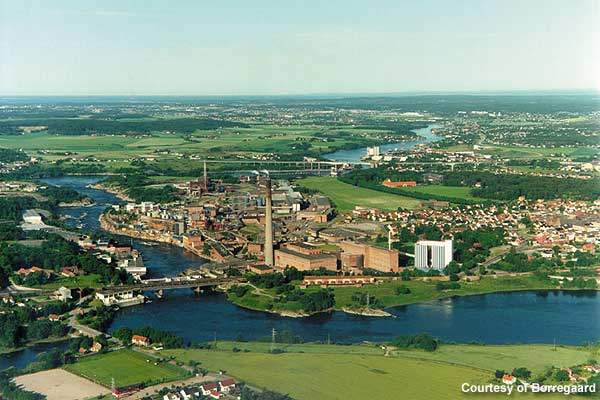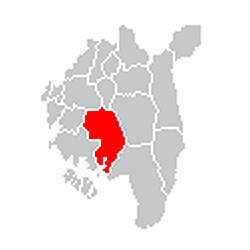Energos Gasification Plant (EGP) is an energy recovery facility (ERF) located at Borregaard Industries, Sarpsborg in Norway. The project, owned by Hafslund Heat and Power (HSP), entailed an investment of £45m. The facility was officially opened with the name Hafslund Miljøenergi – Borregaard Waste to Energy (HME-BWtE) in March 2010.
In February 2008, HSP selected Energos to supply the machinery and equipment (M&E package) for the plant.
EGP will be the second Energos facility to supply energy to Borregaard Industries, an advanced bio-refinery and wood-based chemicals supplying company.
The plant has been designed to produce steam from waste, which will be used to generate and supply clean renewable energy to Borregaard. The generating capacity of the plant is 32MW of power or 250GWh a year of steam.
The first Energos facility is a 27MW gasification plant owned by Østfold Energi and is operating since 2002. It has been supplying 185Gwh a year of steam. The two facilities can process a total of 156,000t of waste.
Energos gasification plant (EGP) details
The new Sarpsborg ERF will process 78,000t of waste per annum and will generate about 250GWh per annum of steam. The steam generated will replace around 24,000t of heavy fuel that is used to power the chemical works of Borregaard.
The plant comprises a gasification chamber, an oxidation chamber, a boiler system, a steam turbine and a heat recovery steam generator (HRSG). The gasification chamber is known as the primary chamber of the plant, while the oxidation chamber is the secondary chamber.
The equipment installed in the plant includes a shredder, metal extraction conveyor, fuel crane, fuel bunker and hopper. The plant also integrates a chimney and an air-cooled condenser.
EGP gasification technology
The plant utilises Energos’ own patented gasification technology, which is an advanced two-stage thermal treatment process that extracts 80% of the energy present in the waste. The technology involves the conversion of post-recycling residual and municipal waste into gas.
In the 1990s, Energos and the University of Trondheim together developed this gasification technology.
The residual, non-recyclable waste will be initially combusted in the plant’s gasification chamber. The combustion will emancipate the hydrogen and carbon existing in the waste, thus generating synthesis gas or syngas. Further, the syngas will be fed to an oxidation chamber for high-temperature oxidation under a controlled environment. The gas is fully combusted and produces heat energy.
The heat energy generated will be utilised to produce steam. Further, the steam produced will be used in the generation and supply of renewable energy (electricity). The combustion under a controlled environment will result in extremely low emissions. The entire process will be controlled and monitored by proprietary software.
The gasification technology provides the best alternatives to mass-burn incineration and landfill of the waste. The technology was chosen for its performance and its impact on the environment.
Environmentally friendly ECP
EGP will reduce the carbon emissions in the region by about 40,000t per annum. The reduction will be equivalent to the environmental benefit of four million trees.
The effective control of the combustion of syngas in the secondary oxidation chamber and the plant’s boiler system will together control the dioxin emissions of the plant.
The boiler system incorporated is of unique design and will rapidly cool the gas down and aid in reducing the reformation of the dioxins. The remaining dioxins will be disposed off by using carbon and filters. The NOX and carbon monoxide (CO) emissions from the plant are low and stable.
The NOX emissions of all the gasification plants operated by Energos are 25-30% of the limit set by the EU, without any de-NOX system. Energos’ ERFs are consistently attaining ultra-low emissions that are lower than the limits set by the EU Emissions Standard.






